Travelling safely but without losing your sense of adventure
Travelling safely in Southern Africa does not mean giving up adventure, whether you're hiking in the Drakensberg, going on safaris in Kruger or having coastal experiences along the Garden Route.
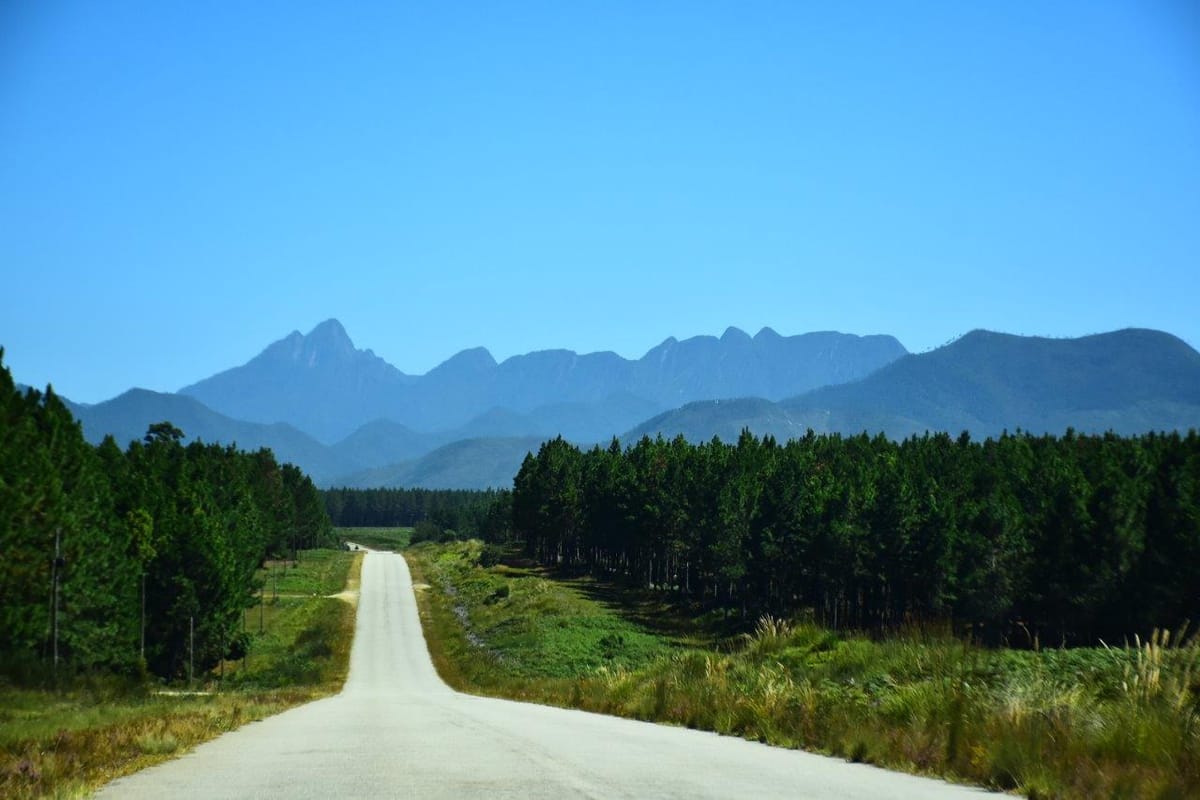
Travel in Southern Africa rewards those who balance caution with curiosity. For many modern explorers, the question is how to enjoy the thrill of discovery without compromising safety.
From the game reserves of Limpopo to the coastal stretches of the Garden Route, there are countless ways to explore responsibly while still feeling the pulse of adventure.
Safety begins with preparation, and in South Africa, that often means planning routes with care.
Travelling by car is one of the best ways to see the country, but distances can be deceptive. A drive from Johannesburg to the Panorama Route near Graskop takes around four and a half hours along the N4 and R533, a journey through changing scenery from highveld to escarpment.
Sticking to daylight hours for travel, refuelling in larger towns, and checking weather conditions helps ensure the journey is smooth while still leaving space for spontaneity.
In rural regions, common sense often pairs naturally with adventure. The Drakensberg mountains offer some of the most spectacular hiking in Southern Africa, yet conditions change quickly with altitude. Staying on marked trails around Cathedral Peak or Royal Natal National Park allows travellers to reach dramatic cliffs and waterfalls while avoiding unnecessary risks.
Hiring a local guide not only enhances safety but also brings in cultural layers, as many routes hold San rock art hidden in caves. Walking in these highlands becomes safer and richer with that knowledge at hand.
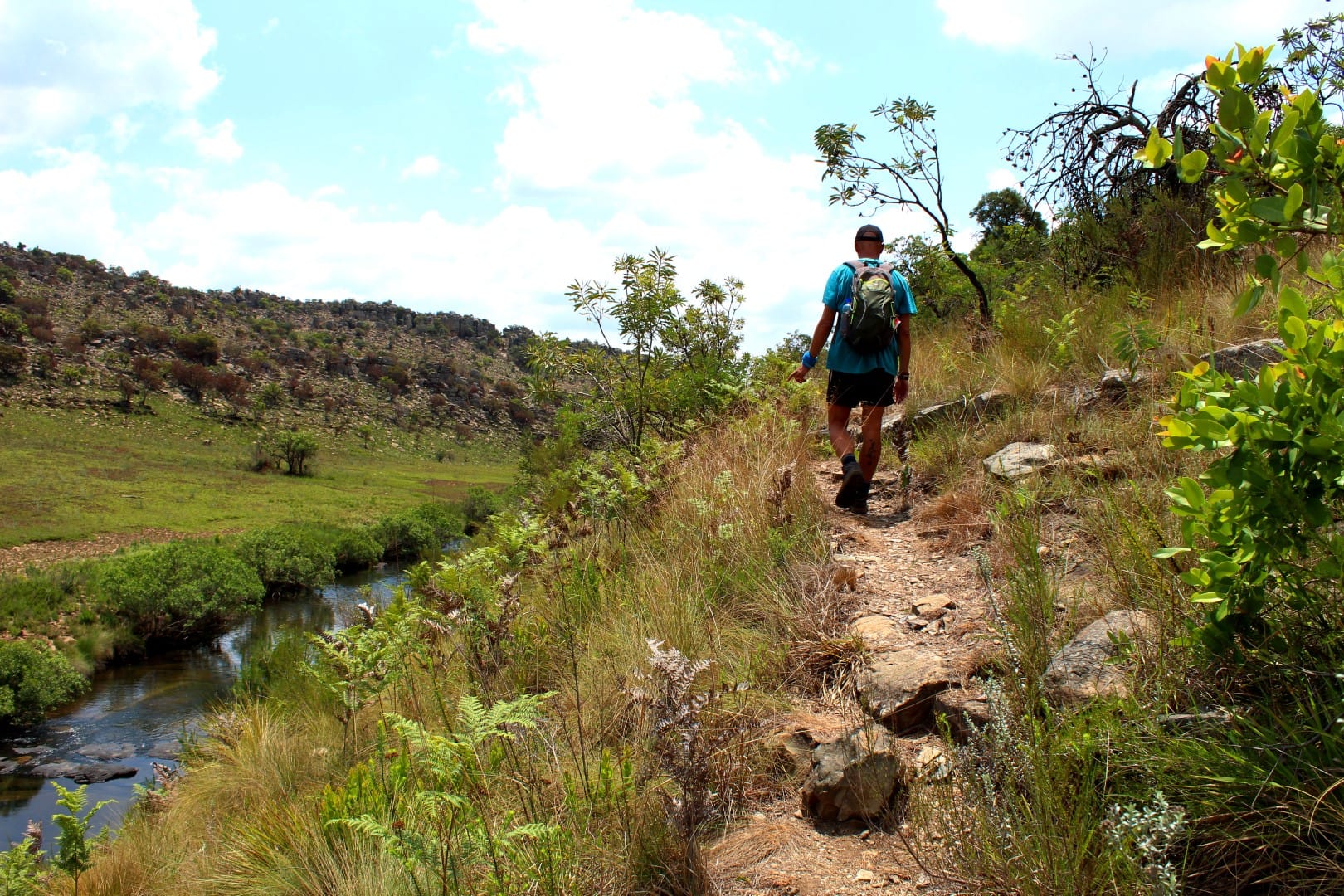
Wildlife experiences also demand careful balance. A safari in the Kruger National Park is unforgettable, whether self-driving along the Sabie River roads or joining a guided drive near Skukuza.
Respecting speed limits, never leaving vehicles outside designated areas, and giving animals space ensures safety without dulling the excitement of spotting lions or leopards. Night drives led by park rangers allow travellers to experience nocturnal wildlife with professional oversight, proving that adventure and responsibility can sit side by side.
The coast offers similar lessons. South Africa’s beaches are as varied as its landscapes, from the warm waters of KwaZulu-Natal to the windswept shores of the Western Cape. Swimming only in lifeguard-patrolled zones, such as Durban’s Golden Mile or Plettenberg Bay’s central beaches, combines safety with the pleasure of ocean exploration.
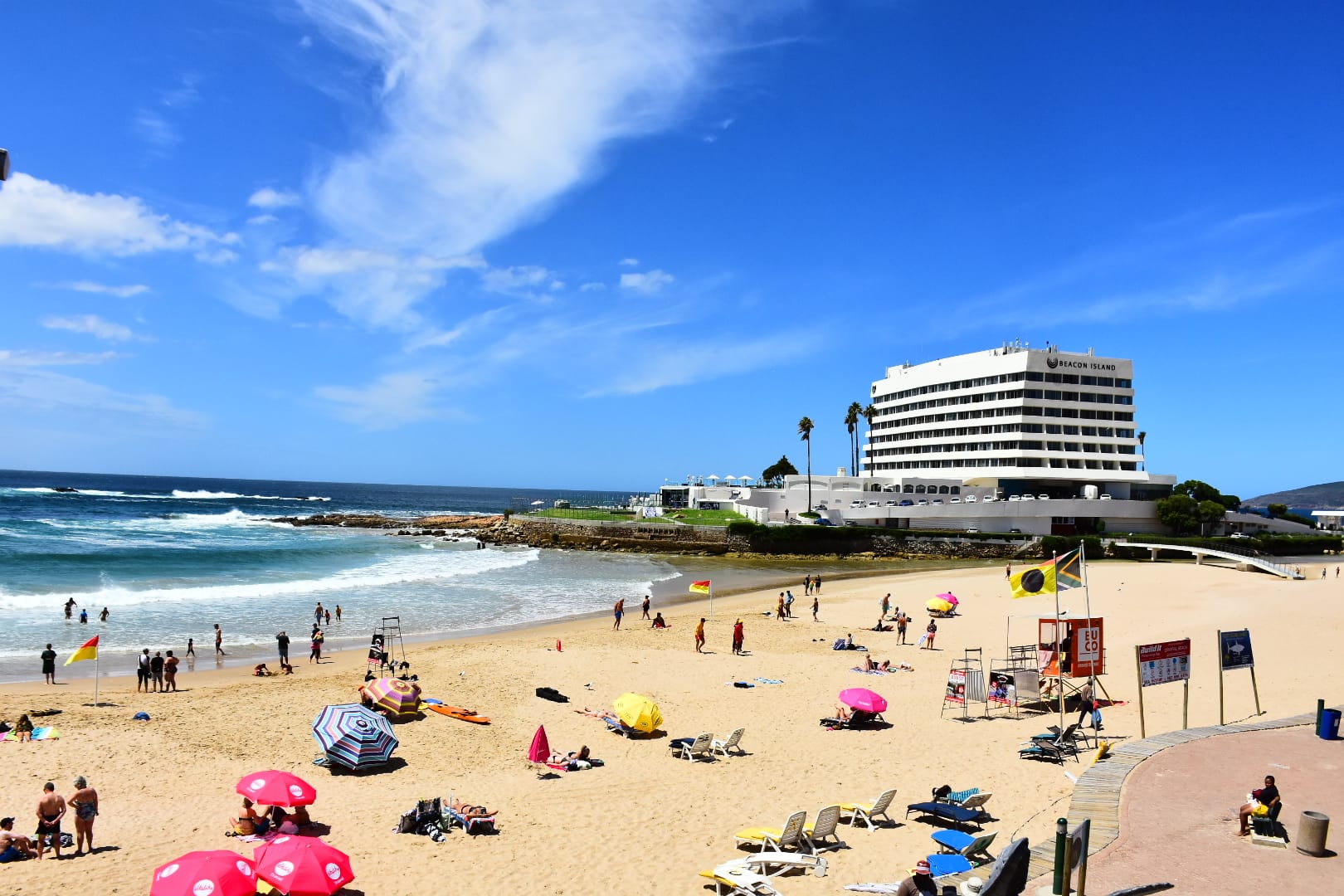
Surfing, kayaking, or diving along the Garden Route becomes a richer experience when undertaken with licensed operators who understand local currents and conditions. Adventure on the water is best enjoyed with both knowledge and respect.
Cultural encounters also carry an element of awareness. Visiting township communities near Cape Town or Johannesburg is deeply rewarding when arranged with reputable guides who maintain strong local ties.
Travellers can experience music, food, and stories while moving with confidence in spaces they may not otherwise have entered. Choosing tours that reinvest in local projects ensures that the experience remains authentic while supporting community safety and sustainability.
Practical details can further ease the balance between caution and exploration. Keeping copies of travel documents, using secure bank cards, and carrying small amounts of cash in separate places can reduce stress if mishaps occur.
Many visitors find that a reliable travel insurance policy offers peace of mind, whether covering medical emergencies in remote regions or unexpected cancellations. These steps allow travellers to focus on the joy of discovery rather than worry about what might go wrong.
Travel in Southern Africa is most rewarding when approached with both confidence and care. By planning routes wisely, respecting natural limits, and leaning on local expertise, travellers can keep their sense of adventure alive while feeling secure.
The essence of exploration lies not in recklessness but in choosing moments where safety and thrill meet.
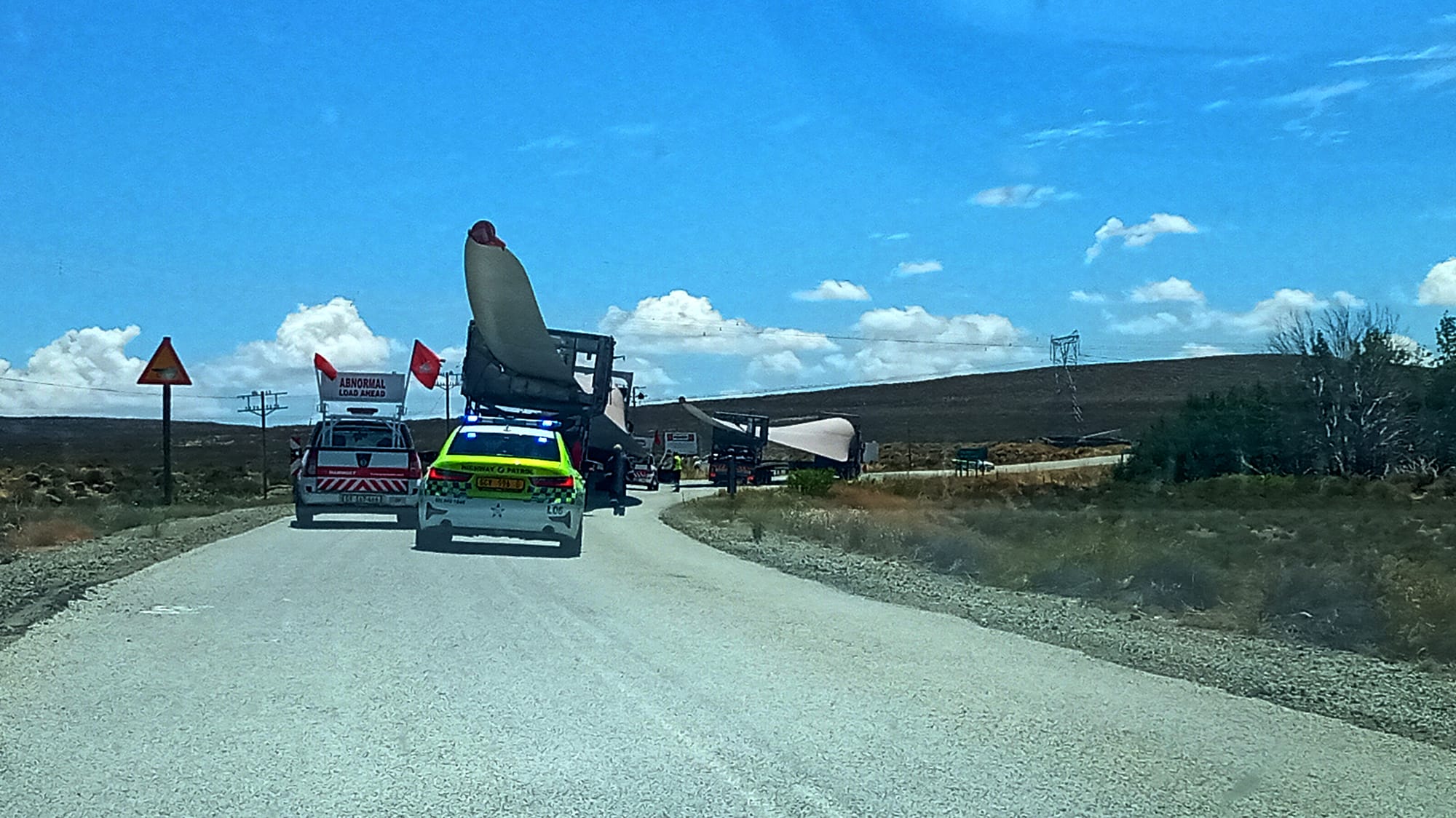
Here are some practical tips to travel safely in South Africa:
- Plan routes in advance and use reliable navigation apps to avoid unsafe areas;
- travel during daylight hours, especially on long road trips between cities and towns;
- keep car doors locked and windows closed when driving in urban areas or at traffic lights;
- do not display valuables like cameras, jewellery, or phones in public;
- use ATMs located inside shopping centres or banks rather than on the street;
- stay in established accommodation and use reputable tour operators for excursions;
- when hiking, stick to marked trails, avoid hiking alone, and inform someone of your route;
- swim only in designated beaches with lifeguards and follow local safety flags and notices;
- carry a small amount of cash, keep copies of important documents, and use secure payment cards;
- purchase comprehensive travel insurance that covers medical emergencies, theft, and activities.



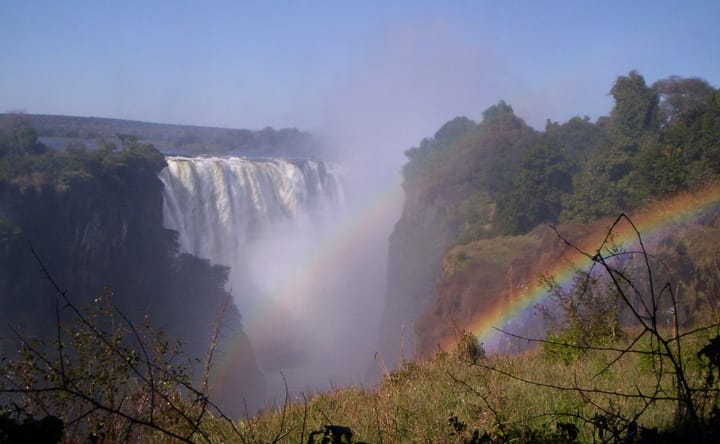
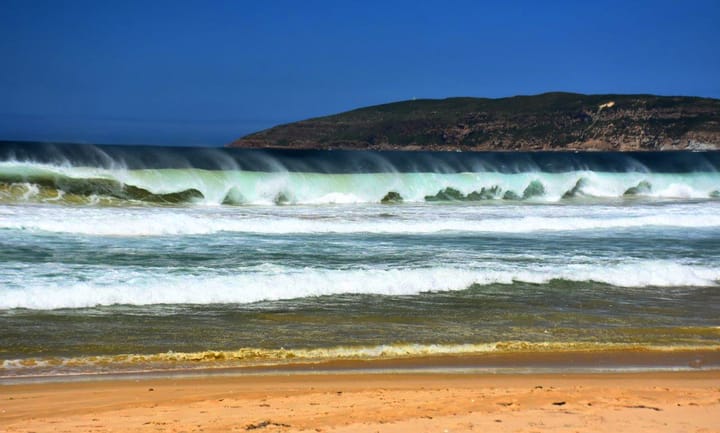
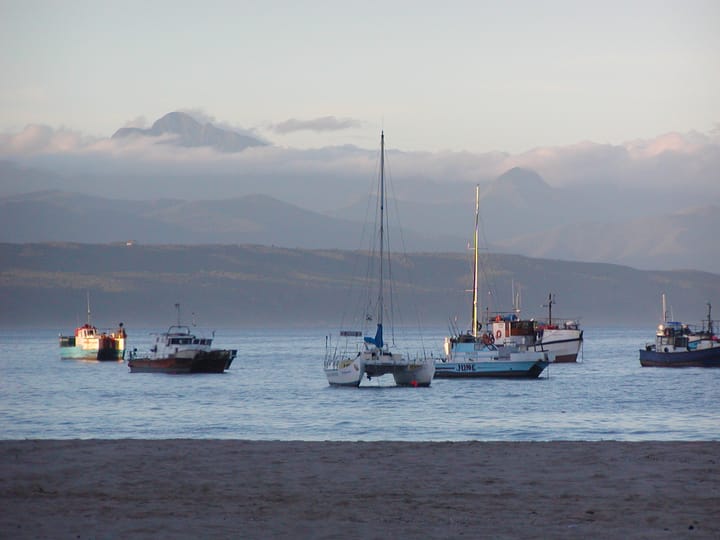
Comments ()